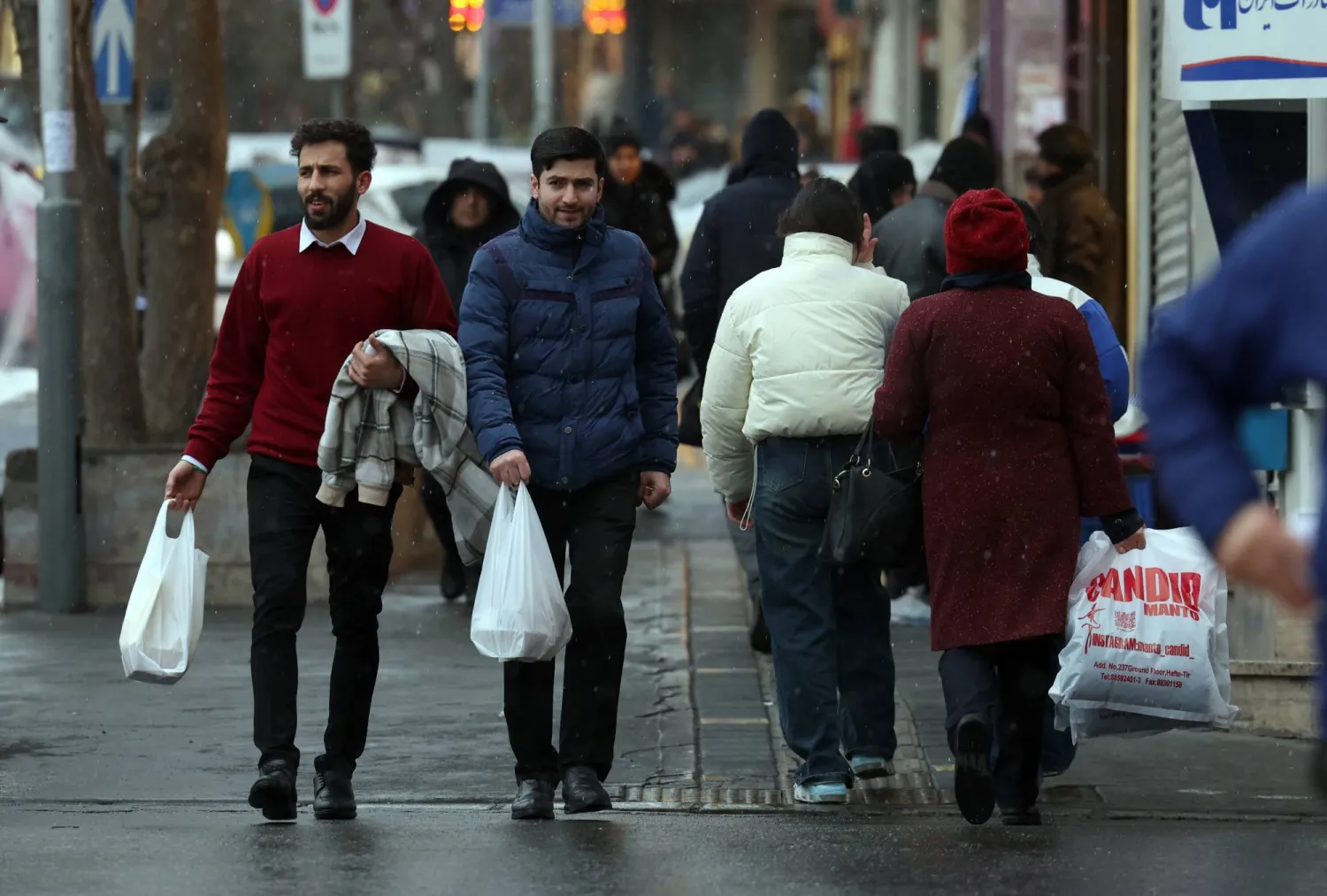Iranians have been struggling for nearly two weeks with the longest, most comprehensive internet shutdown in the history of the country — one that has not only restricted their access to information and the outside world, but is also throttling many businesses that rely on online advertising.
Authorities shut down internet access on Jan. 8 as nationwide protests led to a brutal crackdown that activists say has killed over 4,500 people, with more feared dead. Since then, there has been minimal access to the outside world, with connectivity in recent days restored only for some domestic websites. Google also began partially functioning as a search engine, with most search results inaccessible.
Officials have offered no firm timeline for the internet to return, leading to fears by businesses across the country about their future.
One pet shop owner in Tehran, who spoke on the condition of anonymity like others for fear of reprisals, said his business had fallen by 90% since the protests. “Before that, I mainly worked on Instagram and Telegram, which I don’t have access to anymore. The government has proposed two domestic alternatives. The point is our customers are not there — they don’t use it.”
Internet outages are the latest squeeze on businesses
The internet outage compounds economic pain already suffered by Iranians. The protests, which appear to have halted under a bloody suppression by authorities, began Dec. 28 over Iran’s rial currency falling to over 1.4 million to $1. Ten years ago, the rial traded at 32,000 to $1. Before the 1979 revolution, it traded at 70 to $1.
The currency’s downward spiral pushed up inflation, increasing the cost of food and other daily necessities. The pressure on Iranians’ pockets was compounded by changes to gasoline prices that were also introduced in December, further fueling anger.
Iran’s state-run news agency IRNA quoted a deputy minister of communications and information technology, Ehsan Chitsaz, as saying the cut to the internet cost Iran between $2.8 to $4.3 million each day.
But the true cost for the Iranian economy could be far higher. The internet monitoring organization NetBlocks estimates each day of an internet shutdown in Iran costs the country over $37 million.
The site says it estimates the economic impact of internet outages based on indicators from multiple sources including the World Bank and the International Telecommunication Union, which is the United Nations’ specialized agency for digital technology.
In 2021 alone, a government estimate suggested Iranian businesses made as much as $833 million a year in sales from social media sites, wrote Dara Conduit, a lecturer at the University of Melbourne in Australia, in an article published by the journal Democratization in June.
She cited a separate estimate suggesting internet disruptions around the 2022 Mahsa Amini protests cost the Iranian economy $1.6 billion.
The 2022 internet disruptions' "far-reaching and blanket economic consequences risked further heightening tensions in Iran and spurring the mobilization of new anti-regime cohorts onto the streets at a time when the regime was already facing one of the most serious existential threats of its lifetime," Conduit wrote.
More than 500 people were reportedly killed during that crackdown and over 22,000 detained.
Prosecutors target some businesses over protest support
Meanwhile, prosecutors have also begun targeting some businesses in the crackdown.
The judiciary's Mizan news agency reported Tuesday that prosecutors in Tehran filed paperwork to seize the assets of 60 cafes it alleged had a role in the protests.
It also announced plans to seek the assets of athletes, cinema figures and others as well. Some cafes in Tehran and Shiraz have been shut down by authorities, other reports say.
Internet cuts drive more outrage
The financial damage also has some people openly discussing the internet blackout.
In the comments section of a story on the internet blackout carried by the semiofficial Fars news agency, believed to be close to the country’s paramilitary Revolutionary Guard, one reader wrote: “For heaven’s sake, please do not let this internet cut become a regular thing. We need the net. Our business life is vanishing. Our business is being destroyed.”
Another commentator questioned why the internet remained blocked after days with no reports of street protests.
It’s not just the internet blackout that is hurting businesses. The violent crackdown on the protests, and the wave of a reported 26,000 arrests that followed, also have dampened the mood of consumers.
In Iran's capital, many shops and restaurants are open, but many look empty as customers focus primarily on groceries and little else.
“Those who pass by our shops don’t show any appetite for shopping,” said the owner of an upscale tailor shop in Tehran. “We are just paying our regular expenses, electricity and staff ... but in return, we don't have anything.”









